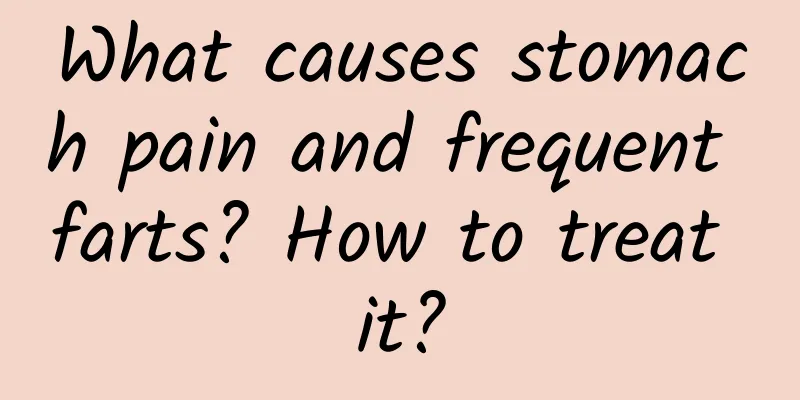What is chemical liver injury?

|
The liver is one of the most important organs in the human body. The liver can participate in various physiological activities of the human body. If there is a problem with the liver, it will cause problems with the human eyes. Some people's livers are damaged. There are many reasons for liver damage. Some people do not pay attention to their daily diet, while others suffer from chemical liver damage. Let’s take a look at what chemical liver damage is. Chemical liver damage is liver damage caused by chemical hepatotoxic substances. These chemicals include alcohol, toxic chemicals in the environment, and certain medications. The liver, an important detoxification organ in the human body, has dual blood supply from the hepatic artery and hepatic vein. Chemicals can enter the liver through the portal vein of the gastrointestinal tract or the systemic circulation for transformation, so the liver is easily damaged by toxic substances in the chemicals. There are some substances that are toxic to the liver in nature and in human industrial production processes, which are called "hepatotoxic poisons". These poisons are generally susceptible to the human population, have a short incubation period, and the course of the disease is directly related to the dose of infection. They can cause varying degrees of hepatocellular necrosis, fat deformation, cirrhosis, and liver cancer. Toxic substances According to the strength of toxicity, hepatotoxic poisons can be divided into three categories: ① Highly toxic category: including phosphorus, trinitrotoluene, carbon tetrachloride, chlorinated naphthalene, acrolein, etc. ② Highly toxic substances: arsenic, mercury, antimony, aniline, chloroform, hydrogen sulfide, dimethylformamide, etc. ③ Low-toxicity dinitrophenol, acetaldehyde, organophosphorus, acrylonitrile, lead, etc. Some hepatotoxic poisons can increase their toxicity when combined with other non-toxic chemicals. For example, fatty alcohols (methanol, ethanol, isopropanol, etc.) can enhance the toxicity of halogenated hydrocarbons (carbon tetrachloride, chloroform, etc.). Damage to the liver ① Fatty degeneration. Carbon tetrachloride, yellow phosphorus, etc. can interfere with the synthesis and transport of lipoproteins, resulting in fatty liver. ② Lipid peroxidation reaction, which is a special manifestation of toxic liver damage. For example, carbon tetrachloride is metabolized in the body to produce an intermediate product with strong oxidizing ability, which leads to lipid peroxidation on the biological membrane, destroys the phospholipids of the membrane, and changes the structure and function of the cell. ③ Cholestasis reaction is mainly related to damage to the liver cell membrane and microvilli, causing bile acid excretion disorders. |
<<: Is coughing in the morning and evening caused by heat or cold?
>>: Sequelae of closed head injury
Recommend
What are the dangers of underage drinking?
Drinking alcohol underage is likely to cause dama...
Ultrasonic bone knife tooth extraction features
Ultrasonic bone scalpel tooth extraction is an in...
What is the cause of excessive earwax?
Most of the time we don’t pay attention to the re...
How to regulate your body when planning to get pregnant?
Modern people pay great attention to eugenics bef...
What to do if the medial knee ligament is strained
Many people will suffer physical injuries due to ...
Traditional Chinese medicine breast enhancement, traditional Chinese medicine recommends several breast enhancement methods
Firm and plump breasts are the goal pursued by ma...
What to do if your child has fat particles on his face
For children, if they have fat particles, it is r...
Will it break my style if the wound from stepping on a nail is small and bleeding?
If you step on a nail carelessly in your daily li...
How to treat acute cerebral infarction? Two methods are very effective
Clinically, during the acute phase of cerebral in...
What are the effects and functions of Arisaema
Arisaema is a plant, but its rhizome can be used ...
What is the reason for the red spots on the baby's mouth
In summer, the weather is hot and the number of m...
Side effects of broken wall pine pollen
Many of our friends may not know about the medici...
Men's breast pain
Breast diseases are not exclusive to women. Men m...
How to eliminate tissue edema
If edema occurs, it must be treated in time. Ther...
Can Fengyoujing cure rhinitis?
Fengyoujing has a certain effect in the treatment...









